 |
| December 13, 2022 | Volume 18 Issue 46 |
Designfax weekly eMagazine
Archives
Partners
Manufacturing Center
Product Spotlight
Modern Applications News
Metalworking Ideas For
Today's Job Shops
Tooling and Production
Strategies for large
metalworking plants
Army chooses Bell V-280 Valor tiltrotor to replace Black Hawk helicopters
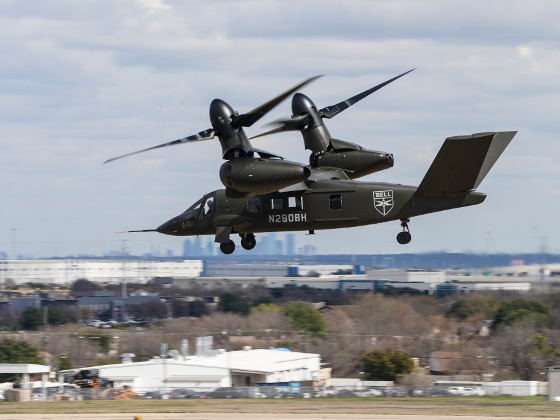
[Credit: All images courtesy Bell Textron]
The U.S. Army has awarded its Future Long Range Assault Aircraft (FLRAA) contract to Bell Textron. The award means Bell's V-280 Valor tiltrotor, which was developed and tested as part of the Joint Multi-Role Technology Demonstrator (JMR TD) program that began in 2013, will eventually replace the Sikorsky UH-60 Black Hawk helicopter, which has been in service for more than four decades.
According to a recent Forbes article, "The Army says the Valor will potentially replace approximately 2,000 Sikorsky UH-60 Black Hawk utility helicopters" sometime around 2030 "if it's acquired in the numbers the Army envisions."
The Army initiated the FLRAA program in 2019 as part of its Future Vertical Lift initiative to replace a portion of its assault and utility helicopter fleet. Conditions for the FLRAA program included finding an aircraft that could combine airplane-like speeds with helicopter-like maneuverability and achieving a top speed around 100 mph faster than the Black Hawk.
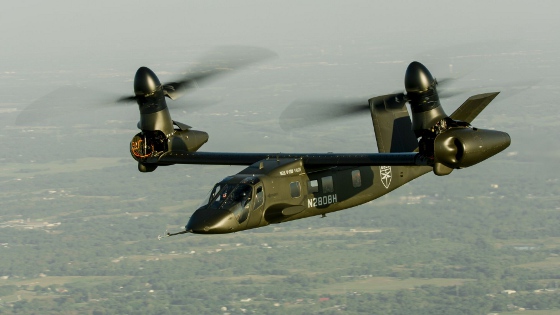
According to a 2020 U.S. Army article, "The aircraft will need to maintain 100 percent maximum continuous power, medical evacuation capabilities, and (per guidelines) have the ability to perform a 500-ft-per-min. vertical rate of climb. Other advancements Soldiers can count on, according to officials, is the wherewithal to soar at 6,000 ft in 95-degree heat, with up to 12 passengers and for roughly 1,725 nautical miles one way without refueling."
A 2019 article in The Drive spelled out some of the other main FLRAA program requirements: "The Army wants the FLRAA to have a top speed of 250 knots, or more than 285 miles per hour, and potentially up to 280 knots, or more than 320 miles per hour. The maximum speed of the Army's latest iteration of the Black Hawk, the UH-60M, is still under 200 miles per hour.
"The FLRAA should also have an unrefueled combat radius of 200 nautical miles and possibly over 300 nautical miles. The threshold requirement for rotorcraft's maximum range, which it could use to self-deploy to forward locations, would be at least 1,725 nautical miles, while the objective goal is 2,440 nautical miles."
The Drive also said the winning design should hold at least 12 passengers and up to 4,000 lb or cargo, or a combo of both.
Part aircraft and part helicopter, the clean-sheet Bell V-280 Valor (which has similarities to the V-22 Osprey flown by the U.S. Navy, Marines, and Special Ops) progressed through design, manufacturing, and more than three years of rigorous flight testing that provided extensive data validating the technical and operational advantages of the aircraft for the long-range assault mission.
It also beat out the Sikorsky-Boeing SB-1 Defiant compound coaxial helicopter to be named the Army's winning design.
"This down-select represents a strategic pivot for Army Aviation to the transformational speed and range our Army needs to dominate future battlefields," said Maj. Gen. Walter Rugen, director of the Future Vertical Lift Cross-Functional Team, in a Dec. 5, 2022, announcement about the award selection. "The prototyping and risk-reduction efforts allowed the Army to significantly reduce the time needed to get to today's announcement."
The announcement also stated, "FLRAA will expand the depth of the battlefield by extending the reach of air assault missions and enabling ground forces to converge through decentralized operations at extended distances. FLRAA's inherent reach and standoff capabilities will ensure mission success through tactical maneuver at operational and strategic distances."
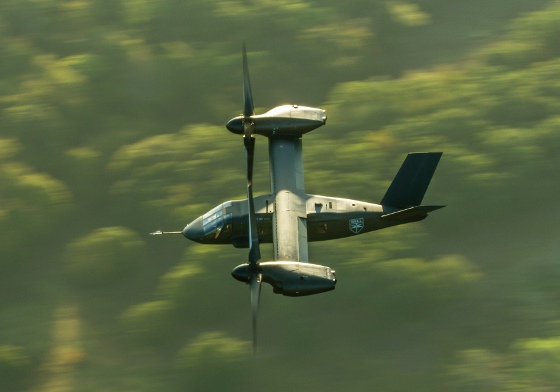
"This is an exciting time for the U.S. Army, Bell, and Team Valor as we modernize the Army's aviation capabilities for decades to come," said Mitch Snyder, president and CEO of Bell. "Bell has a long history supporting Army Aviation, and we are ready to equip Soldiers with the speed and range they need to compete and win using the most mature, reliable, and affordable high-performance, long-range assault weapon system in the world."
The award builds on a decade of the V-280 Valor's progress through design, manufacturing, and thorough testing to demonstrate that the aircraft will deliver on the FLRAA program requirements. Bell and its industry partners have systematically validated the V-280 aircraft and their modular open systems approach in collaboration with the Army.
According to Breaking Defense, "The tiltrotor's speed is truly remarkable. By comparison, the demonstrated top speed is almost 60 knots faster than any competing technology." This Oct. 7, 2022, article also states, "While the V-280 presents a slightly wider footprint than the Black Hawk, it also enables the V-280 to be more than 20% shorter while, importantly, lacking exposed rotors on the leading and trailing edge of that footprint. This footprint provides landing zone flexibility and improved Soldier safety 360 degrees around the aircraft, which is unique to the V-280 configuration. With routine tilting of the proprotors, actions in and out of the landing zone do not require any clutching or de-clutching mechanisms of complex propulsors."
According to Bell, the initial contract refines the weapon system design, sustainment, digital enterprise, manufacturing, systems integration, flight testing, and airworthiness qualification.
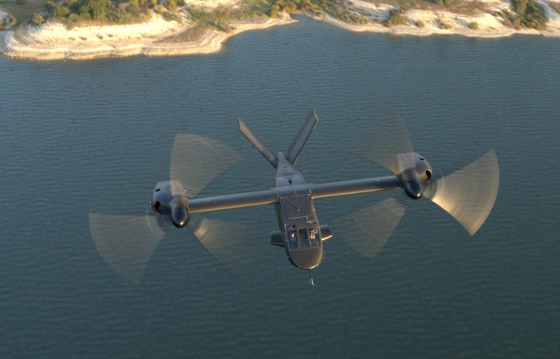
Bell describes the V-280 as "purpose-built to revolutionize the reach and effectiveness of each mission while offering unmatched maneuverability, reduced downtime, and elevated mission safety." Valor can fit a crew of 4 and hold up to 14 troops. It has a top speed of 280 knots (322 mph), a combat range of 500 to 800 nautical miles (580 to 920 miles), and a ferry range of 2,100 nautical miles (2,400 miles). Its service ceiling is 6,000 ft. It is powered by two Rolls-Royce AE 1107F engines. The 1107F is a derivative of the Rolls-Royce T406/AE 1107C used on the Osprey.
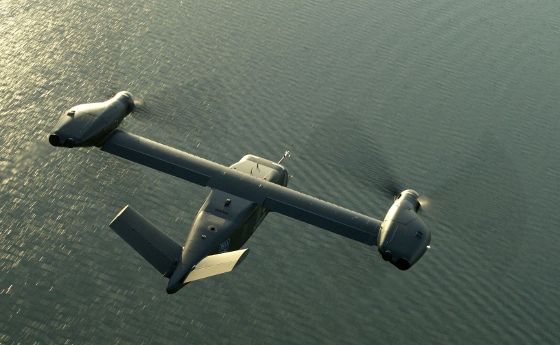
Among the aircraft's many benefits, Bell lists tiltrotors that "provide overmatch in lower-tier air domains" and a vehicle that can "take on any situation with the speed and range of a turboprop aircraft and advanced agility greater than a traditional helicopter." The company also says the fixed engine nacelle design "means reduced manufacturing costs and better performance, maintainability, and sustainability." Valor has also demonstrated autonomous capabilities.
According to Forbes, the award win "sets the table for an initial acquisition worth up to $1.3 billion. According to the Army's program executive officer for aviation, Major General Rob Barrie, a follow-on low-rate production phase could be worth roughly $7 billion and a fully-realized production run including potential foreign military sales may come to somewhere in the neighborhood of $70 billion."
Sources: Bell Textron, U.S. Army, Forbes, Breaking Defense, The Drive
Published December 2022
Rate this article
View our terms of use and privacy policy
